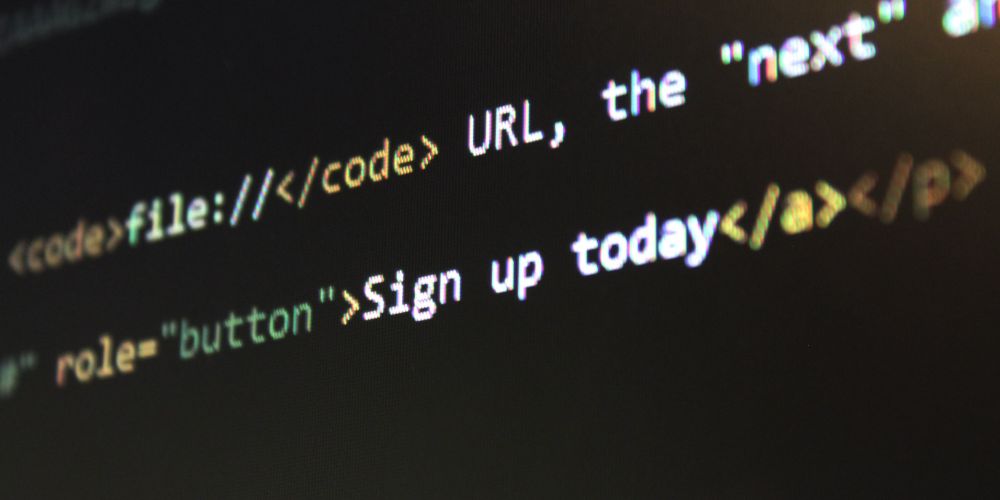Well-designed HTML newsletters can provide a lot of ROI, with eye-catching designs, clear CTAs and scannable layouts that grab attention and deliver results. If you’re keen to step up your email design game, here’s how to make HTML newsletters work for your business.
The benefits of HTML emails
One of the biggest advantages of using HTML newsletters over plain text is that you have endless freedom with your design, which means you can set your email communications apart from your competitors. From mixing colours and fonts to including images and videos that elevate your brand image and capture your readers’ attention straight away.
While plain text emails may perform well in more formal industries such as tech or law, when it comes to marketing, HTML newsletters are essential to reinforce branding and make a statement. So, with this in mind, here are some best practices to ensure the very best results.
Start with the structure

HTML templates should start with a doctype, which is the first line of code that tells the email client what to expect. Below this, you will need a header where your styling and animations go, then the body of the copy follows, which should be enclosed in body tags. Most email clients don’t support separate CSS files, so you should opt for inline CSS instead to change the likes of fonts, images and background colours.
Optimise for mobile
With the majority of emails now being opened on mobile devices, it is crucial to optimise your HTML newsletters for mobile viewing. Choose responsive templates that automatically adapt to different screen sizes, and ensure your fonts are legible, buttons are easily clickable, and images are appropriately sized for smaller devices.
Create eye-catching designs
HTML newsletters allow you to create visually appealing designs that capture your readers’ attention. Use colour schemes that align with your brand, incorporate eye-catching images and include compelling visuals or infographics to convey information. Keep the layout clean and organised to make it easy for readers to scan and find relevant content.
Remember alt text and CTAs

Alt text is important for your images to improve the accessibility of your newsletter and to make it easier for readers using email clients that block images. You also need to ensure your HTML newsletters are optimised with clear and compelling call-to-actions (CTAs) that guide readers towards the desired action. Use visually distinct buttons or hyperlinked text to prompt readers to click through to your website, sign up for a webinar or make a purchase. Place your CTAs strategically within the newsletter and make them visually appealing to capture attention.
Include relevant and valuable content
The success of your HTML newsletters hinges on the quality and relevance of the content you provide. So, make sure you offer valuable information, such as industry insights or helpful tips that align with your audience’s interests. You could also share compelling stories, success stories or case studies that highlight how your product or service can solve their pain points.
Ensure deliverability
To make HTML newsletters work effectively, ensure they reach your subscribers’ inboxes. Follow best practices for email deliverability, such as using a reputable Email Service Provider, authenticating your domain, regularly cleaning your email list and avoiding spam trigger words in your content.
HTML newsletters provide an excellent opportunity to engage with your audience and drive desired actions. By choosing the right ESP, optimising for mobile and creating eye-catching designs, you can craft newsletters that work well for your business.


No Comments
Leave a comment Cancel